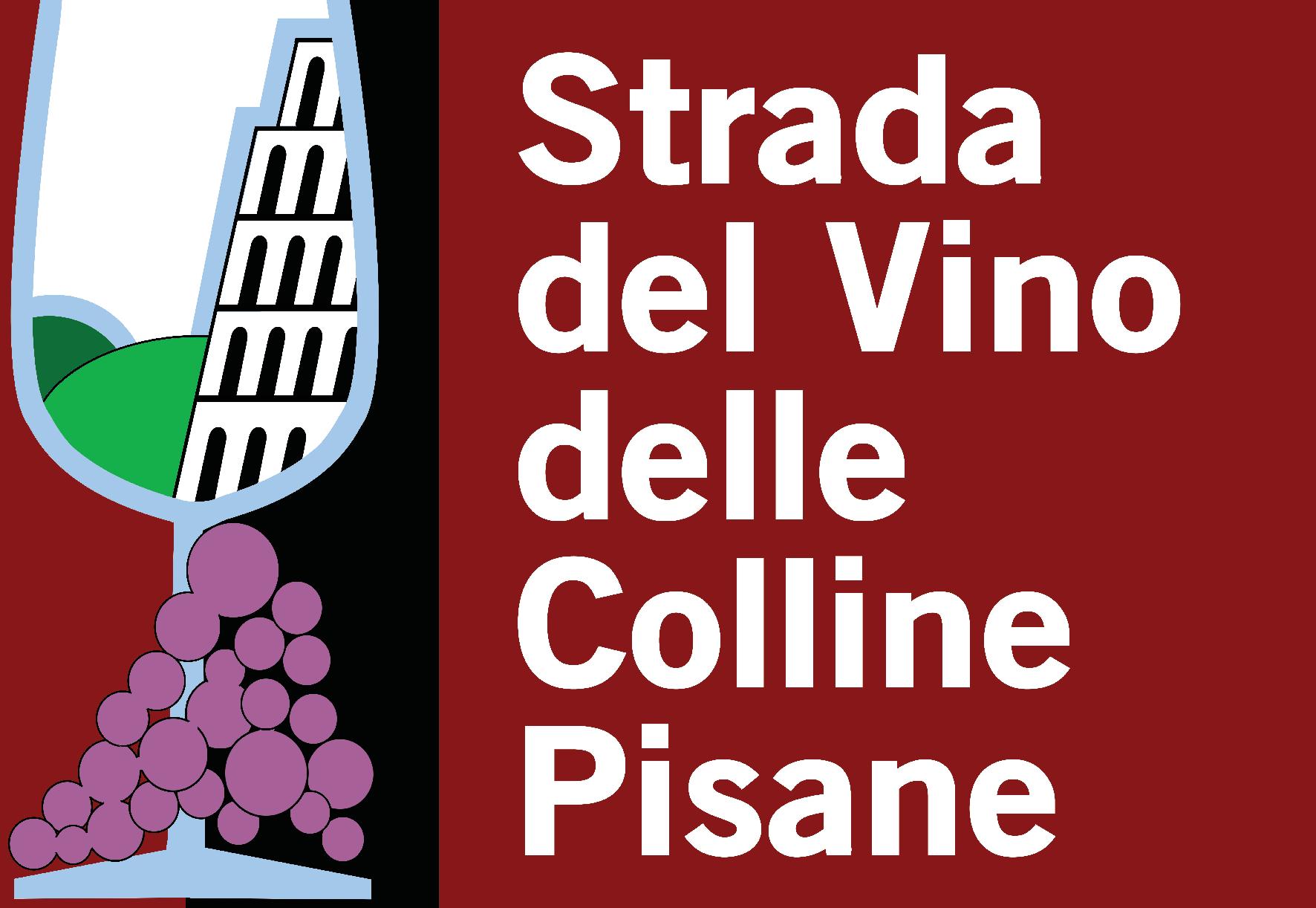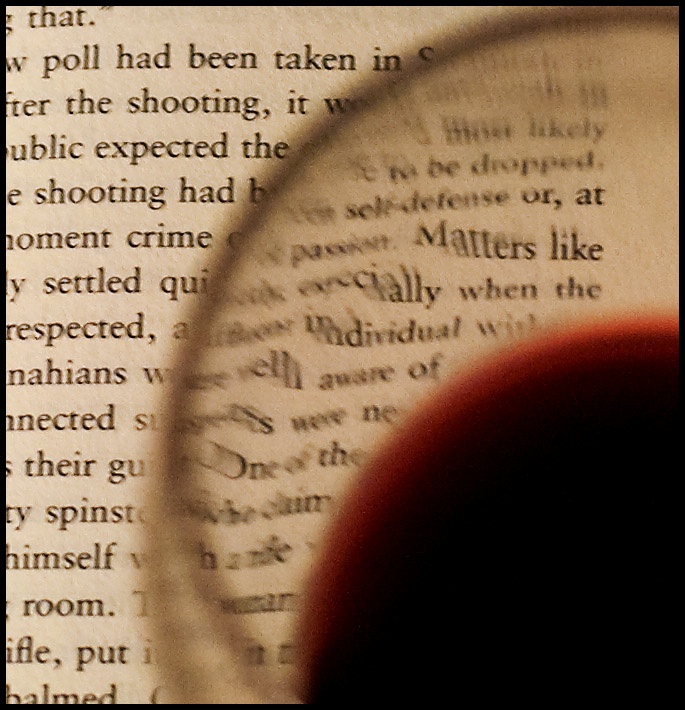Trends, marketing and wine tourism
If we talk about wine, the US continues to be a growing market. This means that there are many challenges for the producers but at the same time enormous opportunities. The US market continues to grow strongly.

The per capita consumption is increasing by 5% a year, and at the moment there is no sign that might suggest that this trend may decrease. Analyzing the situation in different price ranges, the growth is strong in all categories and only wines at lower prices indicate a slower growth. The most striking statistic is the one that shows that women buy more wine than men in every price category. This is because often women do the shopping in the US but we must also highlight how women ask for more wine in restaurants. Women are, in short, the most important segment of wine consumers in the US.

What is interesting is in what types of consumers is taking the wine market growth. While previous generations continue to enjoy the wine in the traditional way, the younger generations will approach the wine in different directions. If the “elders” in the US approach the wine especially at dinner and in the more traditional packaging, young people acquire a wider range of types of wine and labels, and often drink these wines more in their “tapa parties”.

Many observers say that there is a new perception of wine consumers in the world, especially in Europe. It is occurring a certain “tiredness” towards a language of wine exaggeratedly technical. Today there are new consumers into the market, who arrived at the wine with a different perception, a different point of view. The “old” consumers often associate the wine to the place where it is produced – they drink wine as an expression of particular territory. They also look at wine as an expression of the producer and of the contact between the vintner and his world.

Young consumers are more interested in the connection between label and fashion rather than that between the producer and the territory. For them, the wine must be especially fun. They love to Know how a wine is made but at the same time they are fascinated by the labels that create image.
The producers think they should give to the wine a more simple image to approach, and that they should make more informal and fresh wines. But none of them thinks to do all these thinks for their products: their fear, of course, is to lose prestige, that the image of their wines would be damaged by associating it on a such”informal”products. With the entry of new generations into the market, the battle will not be as be formal but as be more successful.

General rule of marketing is that all the companies that are successful are those who can manage communication in the market in terms of aspects comprehensible to consumers. It ‘s interesting the example of Australia that has convinced many wine consumers that the quality of a wine is mainly in its “fruitfulness” (fruit flavors). The European producers of classic wines have two roads to follow: they can change their wines, adapting them to new styles and can start talking about elegance and balance.
The wine market becomes even more international. Obviously the most attractive markets are those of China and India, two countries with the largest population and both in the midst of an impressive economic growth phase with new classes of consumers, good spending power, also interested in products like wine. Both countries have their own wine production that is making interesting progress. The largest organizations working on wine marketing, such as Vinitaly, for example, have recognized this fact and are realizing more and more events very followed by the public in China and India.

Australia appears the country, despite the current difficulties, with the most “aggressive wine program”. What is their wine industry strength? Australians have increased their enormously wine industry with great success in numerous markets. They were good in their approach to the markets :their focus is the realization of wines by the high hint of fruit that are more easy to communicate. Napa Valley, United States, and New Zealand have achieved much better results in terms of higher prices of their wines than in Australia. These could be the most interesting models for some European regions
In Italy, the majority of the experts underlines how the Italian wine producers are often weak in marketing and communication. Many Italian producers spend too much time talking to each other and selling the same wine to the same few consumers. They talk constantly of the soil characteristics, the acidity of the wine, the exposure of the vineyards and winemaking. They would rather really need to talk about the history of their wine because the consumers want to hear and remember that. What consumers want are “novels, adventures, fun.” They are not interested in the malolactic fermentation or in how long the wine is aged in oak barrels. But producers are afraid that talking of their wines in terms of romance or fun,would means not being taken seriously by the market. In Italy we are talking a lot about “Regional Doc”. Most Americans have no idea where Asti or Basilicata are. Simply they don’t know Italy enough to understand the doc system. They don’t know the Italian regions and don’t know their relationship to the culture, the food and the wine.

It ‘s very difficult to promote names that American consumers don’t know, they don’t recognize unless you don’t tell them a story and give them a sense of romance and adventure. This means telling simple stories, keeping wines easy to understand and containing the message in a few words .. writing a story, a romantic book as: “Under the Tuscan sun”.

Of course, some regions are recognized in the US. Tuscany is certainly known for the Renaissance and Italy has many advantages compared to Australia if it decides to use regional names like Tuscany. There are not Australian restaurants in the US. If you have an army of ambassadors in the US you must find ways to use them with the right story to tell.

The wine tourism today is not based on the real desires of wine tourists. It is thought that they are interested in better understanding the world of wine, but their primary interest is to spend pleasant days outdoors, in rural environments with their families or friends. They don’t want tasting courses or seminars on blended wines. They are looking for something interesting that they themselves can repeat during their dinners with friends.
They want to meet the owner or the winemaker, to know ,above all, the people with whom to share pleasant moments not so much for detailed descriptions about the wines and the winery. They want to take home a few bottles or something else that they can not find in the supermarket near the house. They want to find a special wine to give to their friends. The wine tourism, in short, should not only be the promotion of the idea of visiting a region and taste the wines. This is not attractive to many consumers of a great city that can do it easily into a local restaurant. What the wine tourists want is a personal connection to the world of wine. They want personal attention, a nice dinner or a picnic, a beautiful day. They want to get back in touch with their “grandparents” and when they made wine in their homes. The success of this industry depends mostly from producers and from the regions, by their ability to create a successful brand. Building these relationships means creating wine tourism


